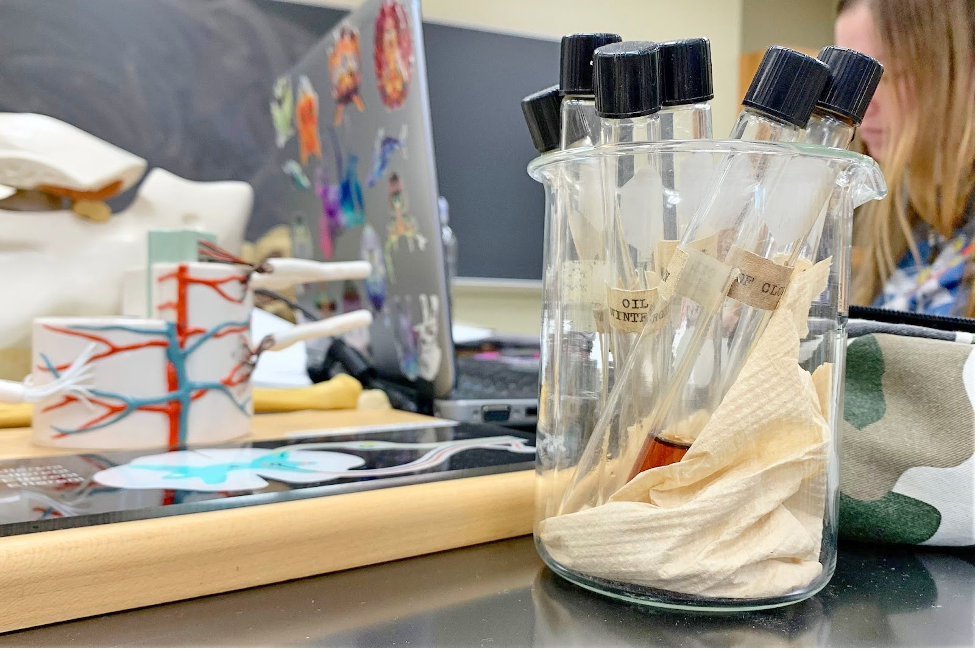More and more students opting not to get vaccinated
Katy Beth Boyers / Arts and Life Editor
In the past few years, the public overall attitude towards vaccines has changed, with more people either not getting vaccinated or questioning the effectiveness of them.
“I don’t really believe in it all the way, and I don’t have a lot of motivation to get it,” one Samford student said.
As we continue to head towards the winter and flu seasons, Samford Health Services is recommending students get the flu vaccine as soon as possible. However, a survey conducted by Samford public health students shows that out of 45 people so far, 66% of them have not gotten the flu shot yet.
According to a 2017 survey by the National Foundation for Infectious Diseases, 36% of college students did not receive the flu vaccine for the reason that they were healthy and didn’t need it and another 30% stated that they did not think it works.
Samford Public Health majors Caden Allison and Cole Brown noticed a similar change in the number of students receiving the flu shot.
“That why we wanted to do this (survey),” Caden Allision said.
While they are unsure of how this flu season will affect the Samford community due to the lack of data from previous years, both Allison and Brown predict that this flu season will be bad not only because fewer students are prioritizing getting the flu shot, but also due to the vaping epidemic.
The survey, which is available for Samford students, asks whether students have received the flu vaccine yet or if they plan to. While 65% of the responders said they haven’t received the flu vaccine, around 16% of them agree that the flu vaccine helps reduce one’s chances of getting the flu.
“What we saw was that while people know it is important to get vaccinations, a lot of people aren’t taking the time to get them,” Brown said.
Samford geography professor Jennifer Rahn believes that the reason that people are not getting the vaccines is because some people do not understand the process of creating these vaccines and the overall perception of them has changed.
“It’s a public perception problem,” Rahn said,“I think they (people) really don’t understand science and the process of vetting medications.”
According to pharmacy student Ally Ponder, the process of creating these vaccines consist of predicting which type of flu viruses will be most prevalent before flu season even begins.
“Most of the time when you get a flu vaccine it is a trivalent or quadrivalent, so it has three or four strands in it,” Ponder said. “So there’s always a chance that you get another strand of the flu that wasn’t in the vaccine.”
The Center for Disease Control stated that this year’s flu vaccines are “updated to better match viruses expected to be circulating in the United States,” and that the vaccines are quadrivalent instead of trivalent flu shots. This means that the vaccines will have four strands of different flu viruses instead of three strands.
The CDC also recommended that the flu vaccines be offered near the end of October instead of earlier in order to increase one’s protection from the Flu.
“Vaccinating early – for example, in July or August –may lead to reduced protection against influenza later in the season, particularly among older adults,” stated the CDC.
Students can get the flu vaccine through the Samford Health Services from now until Nov. 22.




